Urban Discipline
The world flipped.
Things are a bit more chaotic now than they were two, or even one year ago. The ongoing pandemic has a lot of people on edge, and cities, as much as I’ve seen and read, are a mix of order and flash violence.
In New York City, where I commute almost daily, there have been several instances where people have been pushed in front of an incoming subway by a random person. Some of these “crazy” people should have looked suspicious to anyone around them, but people are so removed from reality and so into their phones and thoughts that they failed to catch the signs of impending danger.
People are tired and on edge. Both the good and the bad ones.
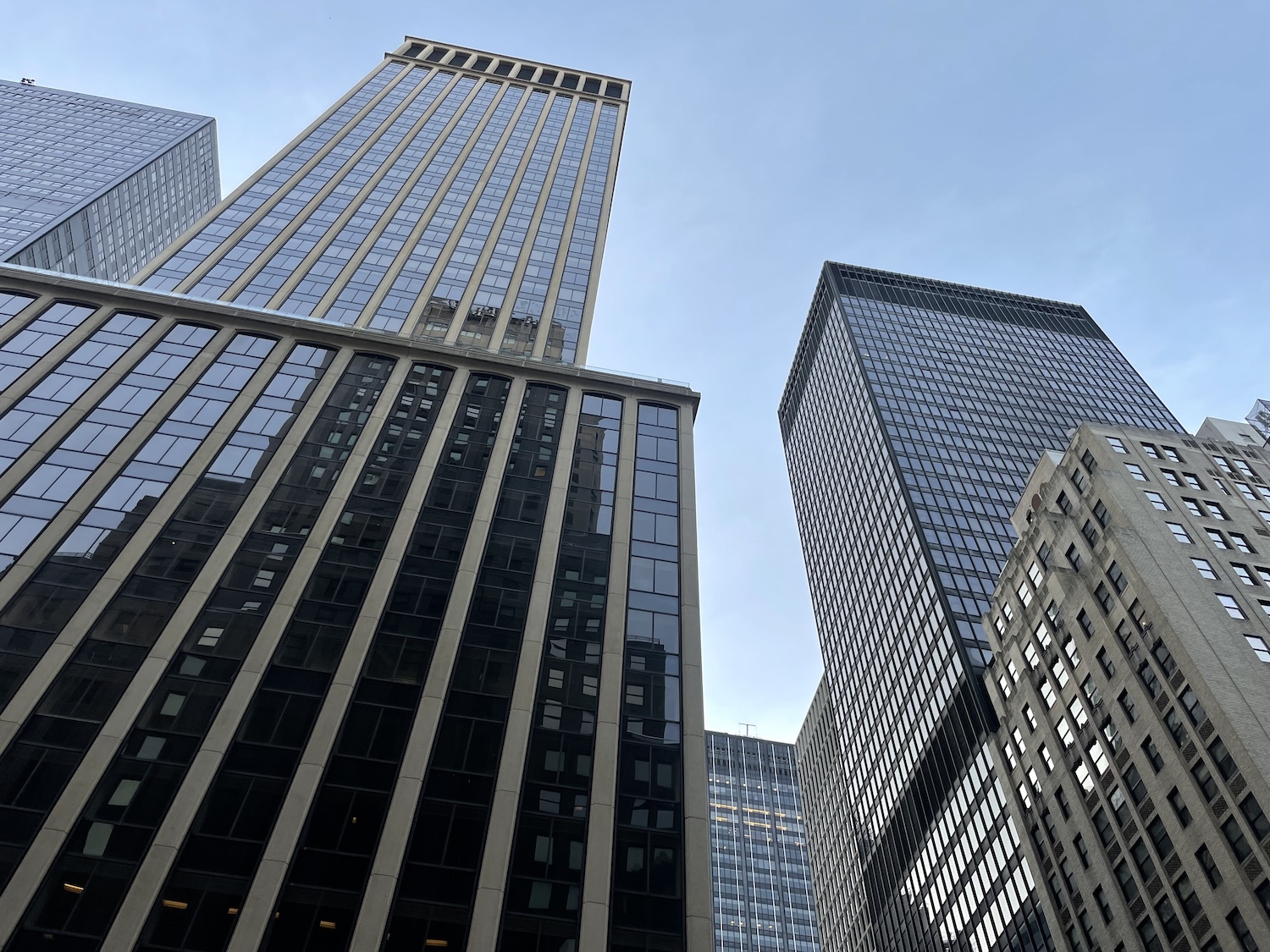
This situation prompted this article. I wanted to give you some quick tips and focus your thoughts to the right preemptive actions.
The one general rule for all these locations and situations is to be aware, so put away your phone, your earphones, and your book and pay attention to your surroundings. Move your head around, focus from near to far and with each person you see quickly acknowledge them with a nod, if they are looking your way, and make a mental picture of where each person is together with how they made you feel. I usually place the people in three buckets:
- No threat: a person that radiates no threatening energy. His or her posture is at ease and their faces are calm or at least not looking like they are trying to hide something
- Unknown: a person that has something in his or her demeanor that doesn’t quite fit. Maybe this person is new to the location and he or she is trying to figure out where to go, or maybe something is wrong with them. These people warrant a closer look and a red dot on the mental map we are making.
- Threat: a person that seems off. He or she is displaying signs that they are not OK. It might be a homeless person talking to a wall, or screaming at the passing people, or it might be a person standing very calmly but assessing the situation, looking around and doing exactly what we are doing. It could be anything in between, with the most common cases being people that usually look uneasy. They look like they are in distress or not quite comfortable where they are. These people warrant a lot more attention and perhaps moving away from them.
At the Train Station
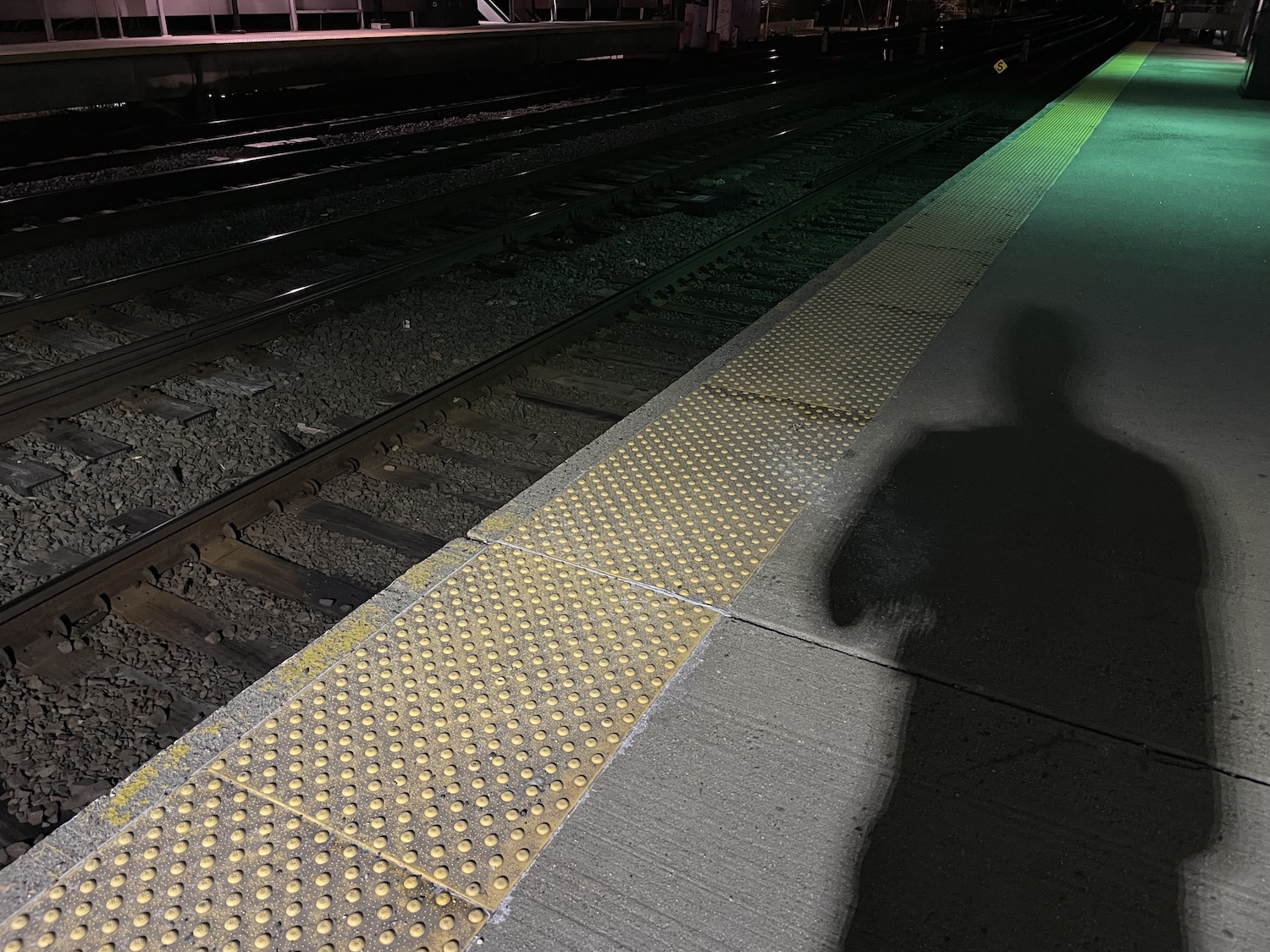
Arrive early and stay in the car. If you can, wait 5-7 minutes before the train arrives or leaves the station (if it's the first one) to get to the platform. Stand away from the border of the platform as you wait for the train, or as you walk to the train. This will help prevent any person with an intent of pushing you in front of the train, or harming you in any way from doing so. If you see a person acknowledge them. This will signal that you are aware, and that you saw them. It will force that potential attacker to pick another target.
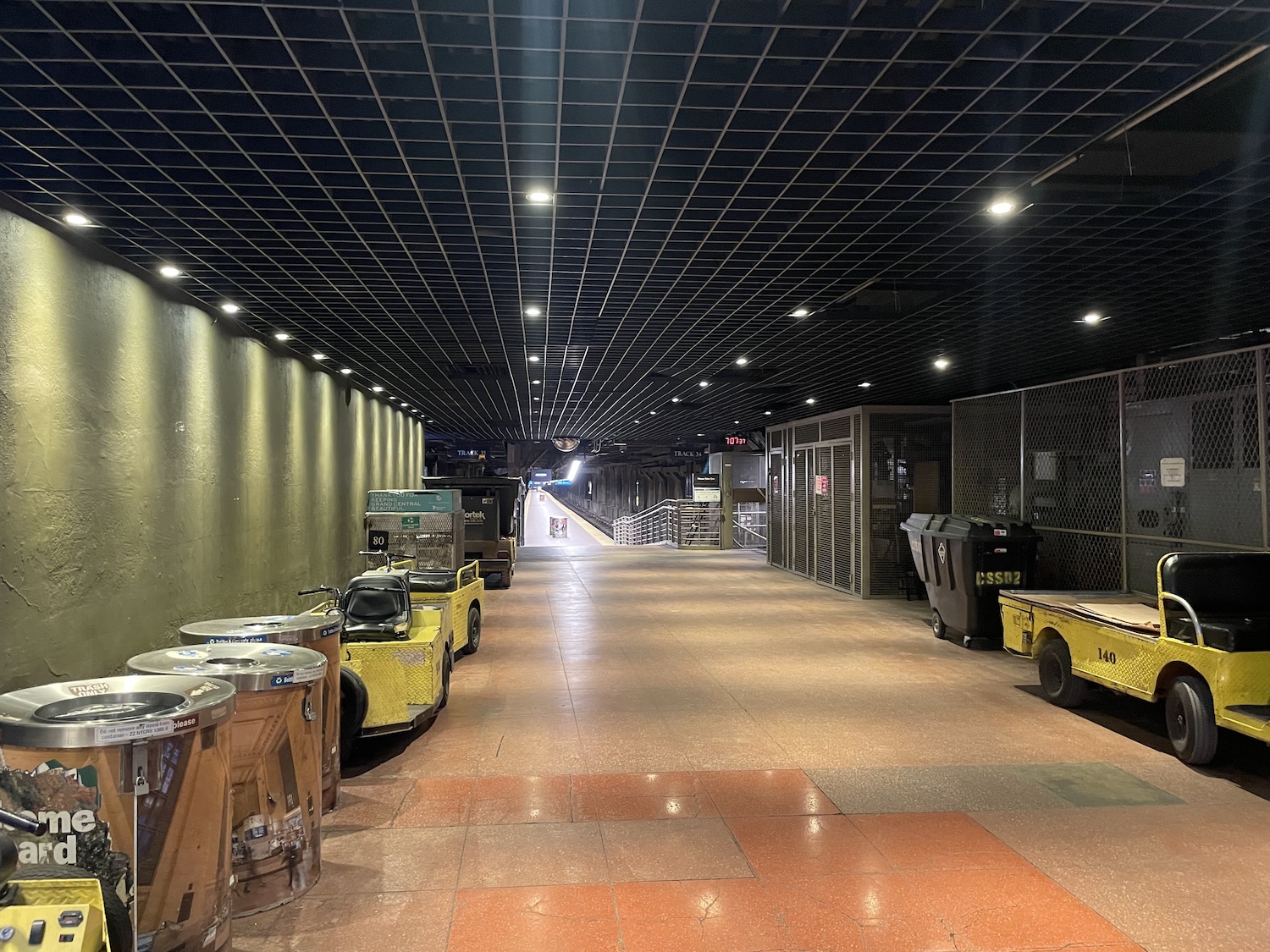
Once you arrive at your destination, move. Do not linger. Walk on less traveled routes, like the side halls connecting the tracks, and avoid the main halls. This will help you avoid potential acts of violence or run into people that need to be avoided. Explore the train station and have two or more exits mapped.
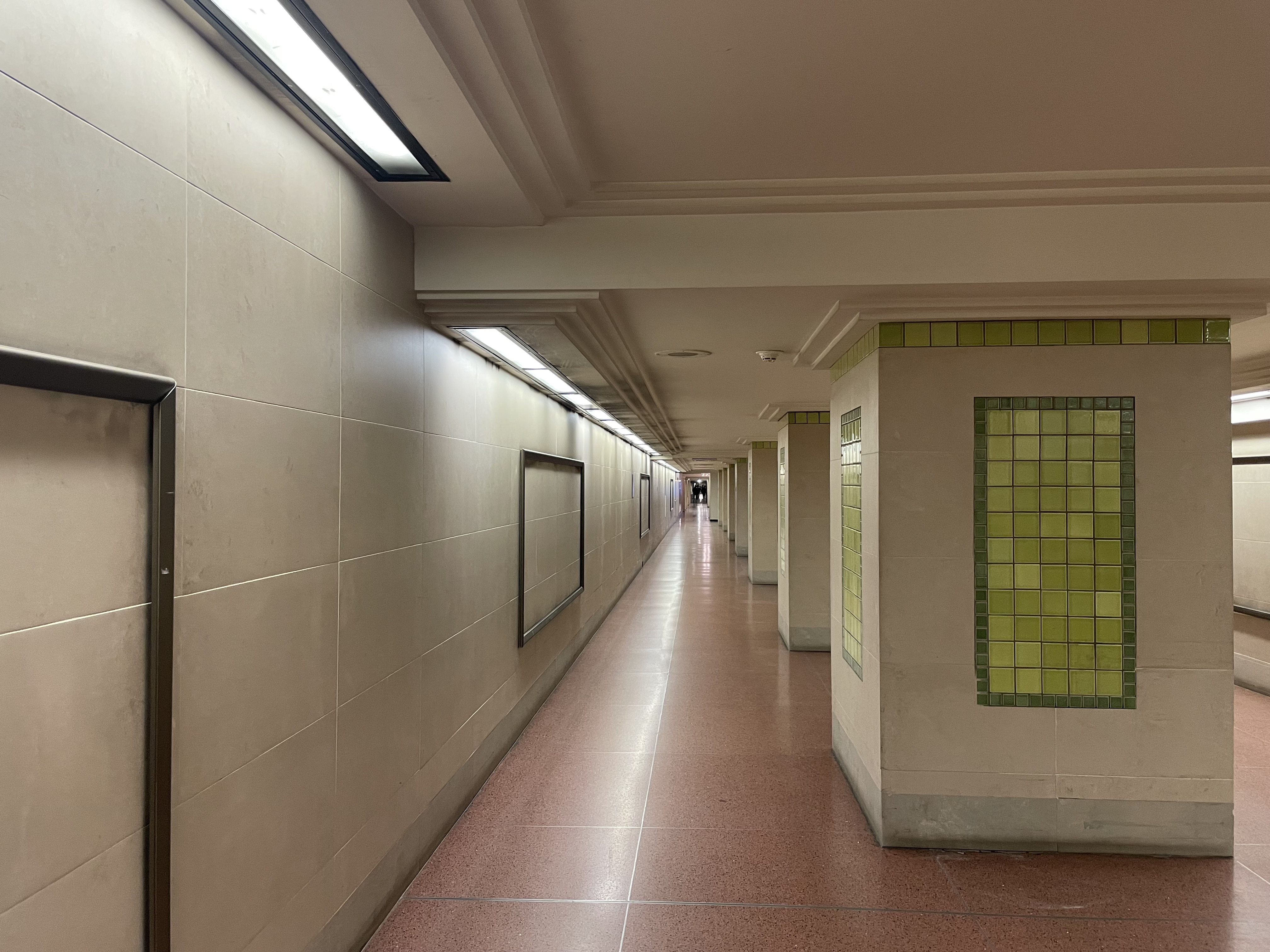
At the Subway Station
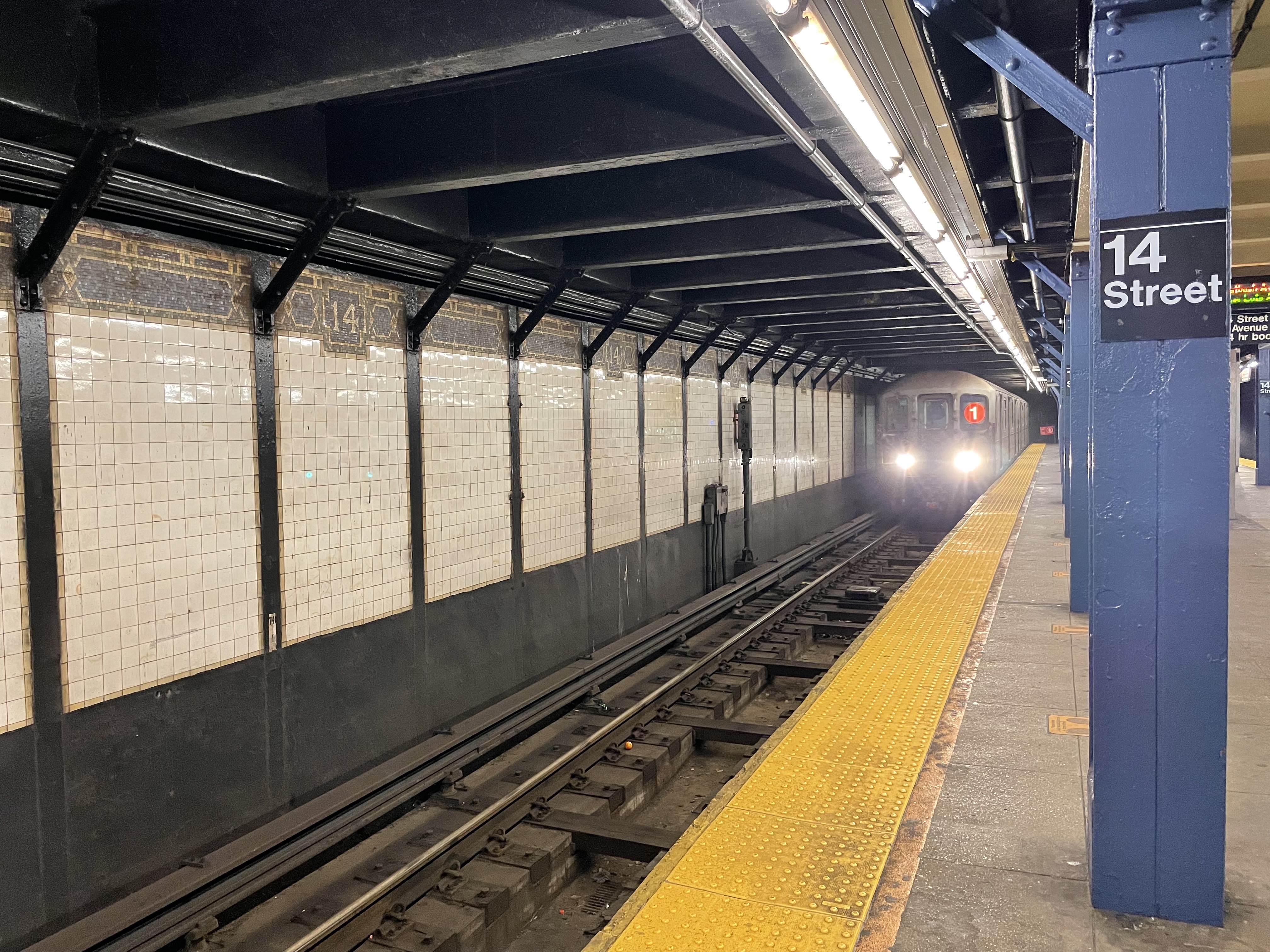
Similar to the train stations, stand away from the border of the platform as you wait for the train. Pick a place near a column if you can, or closest to the back wall by a bench. This will give you some cover if needed, and if the worse happens and someone wants to grab you to push you into the tracks, you can grab onto something.
Remain attentive. Pay attention to sounds, and move your head. Always be aware of the people moving closer to you. Pay attention to their faces (their eyes specially) and their hands. Look for signs of nervousness.
On the Street
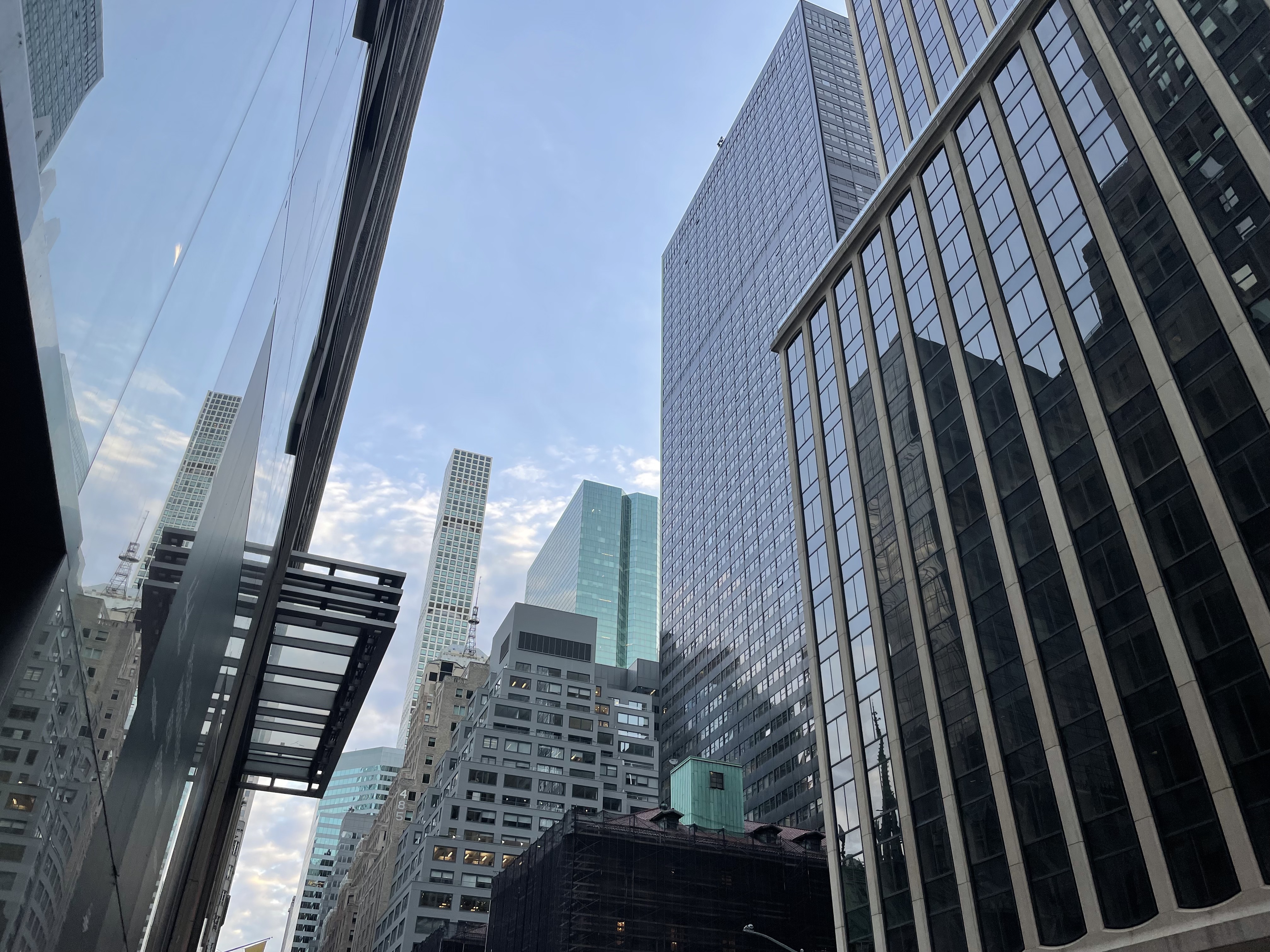
Walk. Do not randomly stop. Walk to your destination with a purpose. Look around. If you stop to cross a street and you need to wait for the light, move your head. Look at the people around you. If someone doesn’t look OK, move to the side, or walk back for a few minutes. Avoid that person.
Make sure you know the flow of the streets you walk at different times of the day. Understand whether they are busy or partially empty, and then choose the best time to walk. It’s about blending in, but also it’s about being smart and avoiding violence, which might happen when the streets are the busiest.
Once you are in the street, use your senses. Hear what’s going on around you. Absorb all the information coming your way. The environment has a way of letting you know when you need to run. Listen to it.
One More Thing
Stop looking down at your phone. Stop checking emails, or twitter, or instagram, or any other thing while you are out there. Reserve those activities for when you are sitting on the train, but even then, pay attention with your eyes. Look around.
Stay safe.